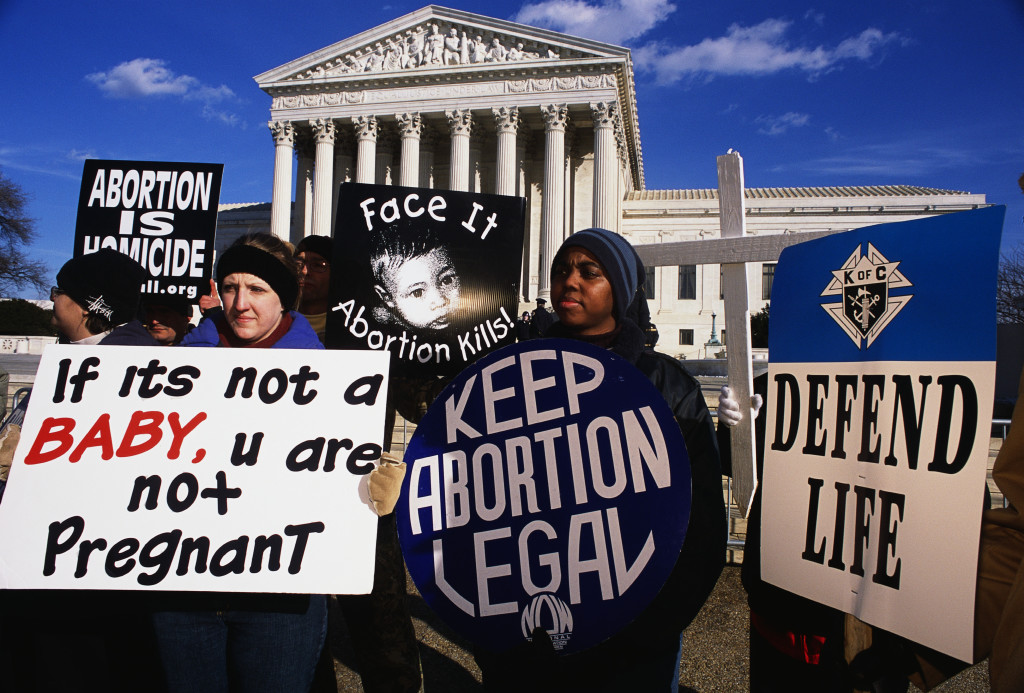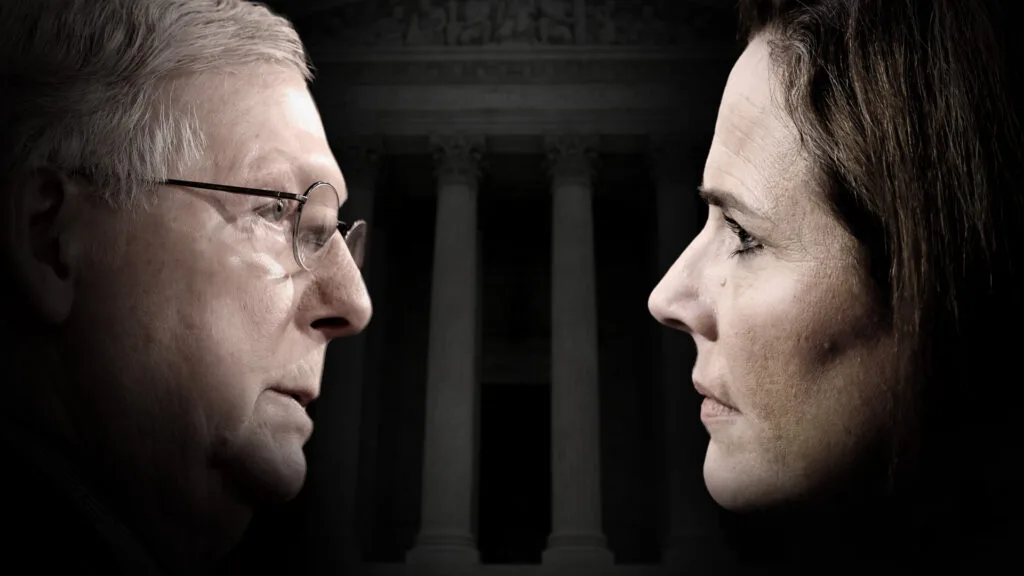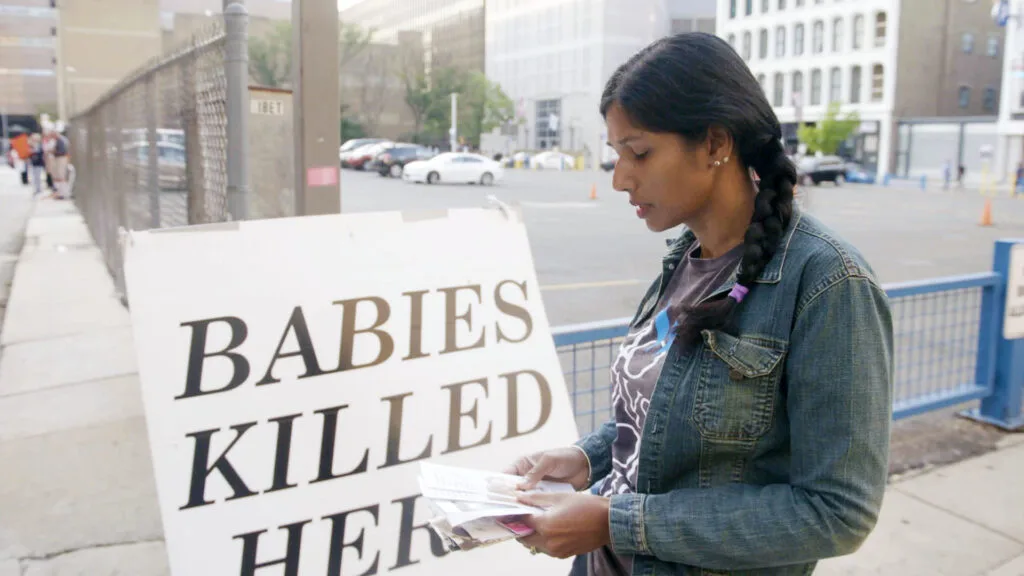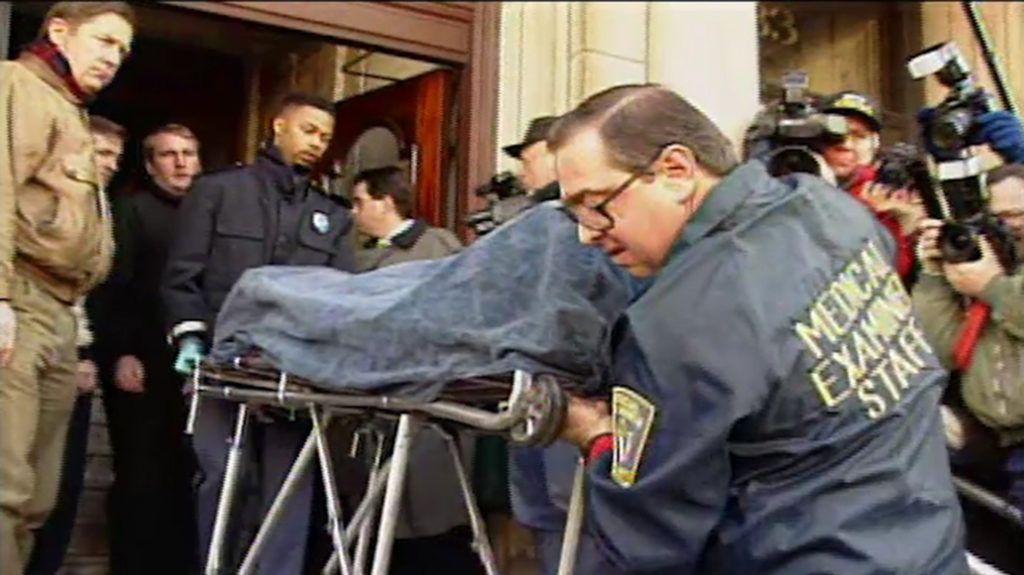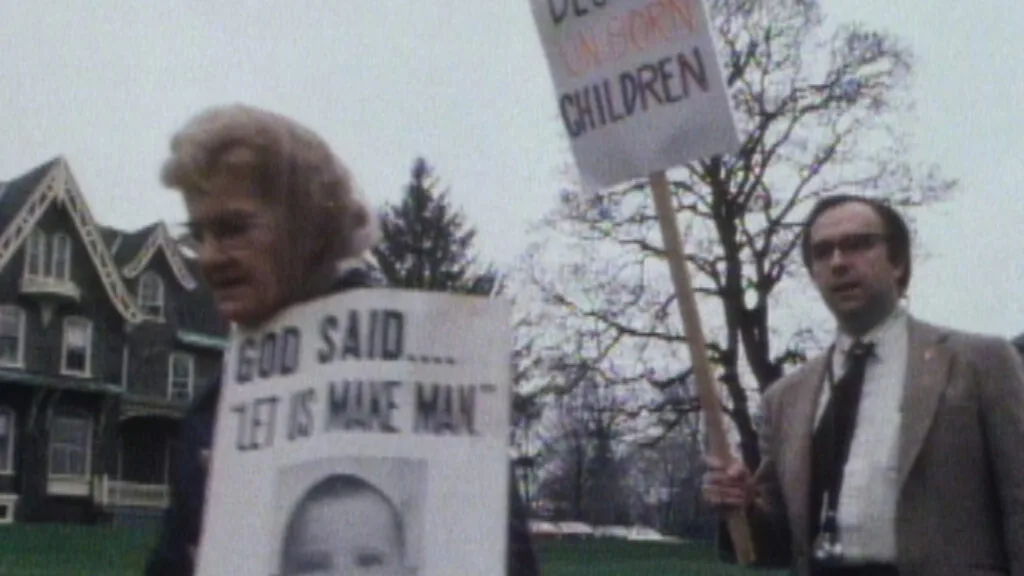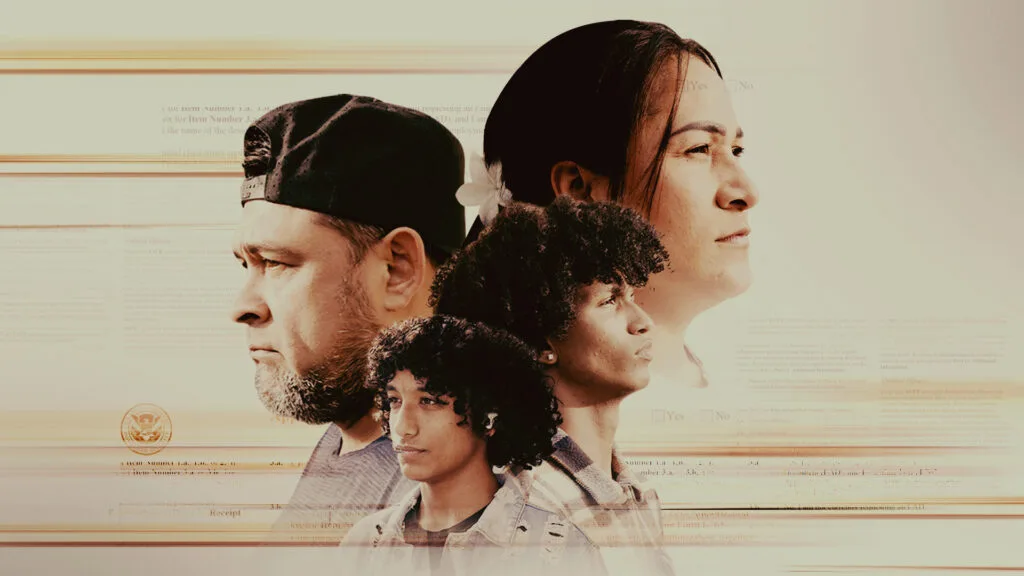Abortion Clinics Are Vanishing. How Will the Supreme Court Rule?
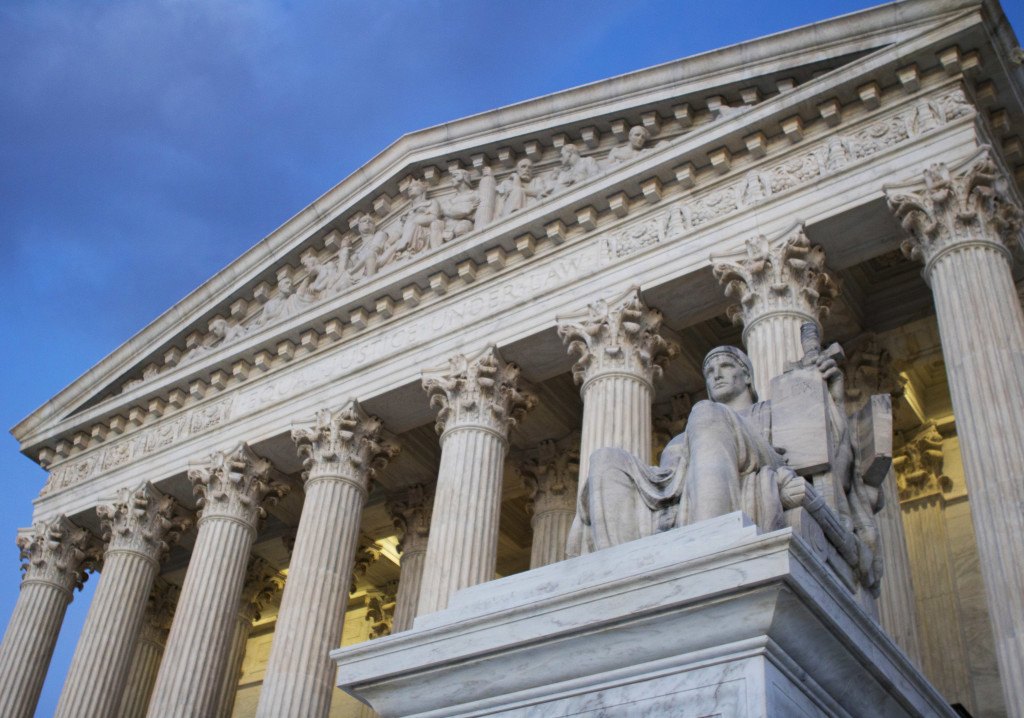
March 2, 2016
Share
Over the past five years, at least 162 abortion providers have either shut down or stopped offering the procedure altogether. In at least five states, just one abortion clinic remains open.
This new reality is the result of a drive in state capitals across the nation to more tightly regulate abortion. From 2011 to 2014, states passed a total of 231 abortion restrictions, more than in the previous 30 years combined. In that time, just one state, California, passed a law expanding access to abortion.
On Wednesday, this legislative push will become the focus of oral arguments at the Supreme Court, and the decision could be the high court’s most significant ruling on abortion in more than 20 years.
At issue in the case, Whole Woman’s Health v. Hellerstedt, is a 2013 Texas law that in less than three years has resulted in a shut down of half of the state’s abortion clinics. The law does two things: It requires stand-alone abortion clinics to meet the same health and safety standards of outpatient surgery clinics, and it requires that doctors performing abortions have admitting privileges at a nearby hospital.
Backers of the law say it’s intended to make abortions safer, but opponents say it makes operating a clinic prohibitively expensive. What the Supreme Court’s eight justices will have to decide is whether the law violates the standard set in a 1992 case, Planned Parenthood of Southeastern Pennsylvania v. Casey. In that case, the justices ruled that such restrictions can’t place an “undue burden” on women seeking abortions.
The stakes are high. Before the law passed, there were 41 clinics performing abortions in Texas. Today, that number stands at 19. If the court upholds the law, opponents say that the number could drop to 10.
But it’s not just Texas. In effect, the case represents a test of the pro-life movement’s overall strategy over the past decade-and-a-half. In the 1980s and early ’90s, extreme groups firebombed clinics, held violent protests, and in some cases even killed doctors who performed abortions.
In recent years, the movement has shifted to a legislative strategy aimed at restricting the practice of abortion, as FRONTLINE reported in the below scene from the 2005 documentary, The Last Abortion Clinic:
If the Texas law stands, states where similar laws are currently in legal limbo – including Kansas, Michigan and Wisconsin – would likely be able to enforce those measures. In the five states where just one clinic remains open — Mississippi, Missouri, North Dakota, South Dakota and Wyoming — legal abortions could become unattainable. Such a situation, argue pro-choice advocates, would force many women to drive hundreds of miles out of state to find an open clinic, or even seek out so-called back-alley abortions.
Despite the death last month of Justice Antonin Scalia, who regularly voted to uphold abortion limitations, some court watchers expect a 5-3 decision in the case. As Scotusblog recently explained:
It is widely assumed that, with an eight-member Court, the deciding vote that would avoid a four-to-four split would likely be cast by Justice Anthony M. Kennedy. Going into the new Texas case, each side in the controversy has some reason to hope to attract Kennedy’s vote.
For abortion foes, the positive indicators are that Kennedy wrote the last major decision on abortion: the 2007 decision in Gonzales v. Carhart, upholding a federal ban on terminating the life of a fetus after it had partially emerged from a woman’s body. Also, in that decision, he accepted scientific arguments that many women do come to regret having had abortions, and thus the procedure may cause psychological harm.
For abortion supporters, the positive indicators are that Kennedy was one of three Justices who mostly rescued Roe v. Wade’s basic principles in the 1992 decision in Planned Parenthood of Southeastern Pennsylvania v. Casey. Also, Kennedy was in the five-Justice majority that blocked much of the Texas law in a temporary order last June. …
But even a 4-4 decision would carry important consequences, as it would let stand an appeals court ruling that largely upheld the contested provisions of the Texas law. A decision is expected to arrive in June, just as the 2016 presidential election enters the home stretch.

Related Documentaries
Latest Documentaries
Related Stories
Related Stories
Policies
Teacher Center
Funding for FRONTLINE is provided through the support of PBS viewers and by the Corporation for Public Broadcasting. Additional funding is provided by the Abrams Foundation; Park Foundation; the John D. and Catherine T. MacArthur Foundation; and the FRONTLINE Journalism Fund with major support from Jon and Jo Ann Hagler on behalf of the Jon L. Hagler Foundation, and additional support from Koo and Patricia Yuen. FRONTLINE is a registered trademark of WGBH Educational Foundation. Web Site Copyright ©1995-2025 WGBH Educational Foundation. PBS is a 501(c)(3) not-for-profit organization.
